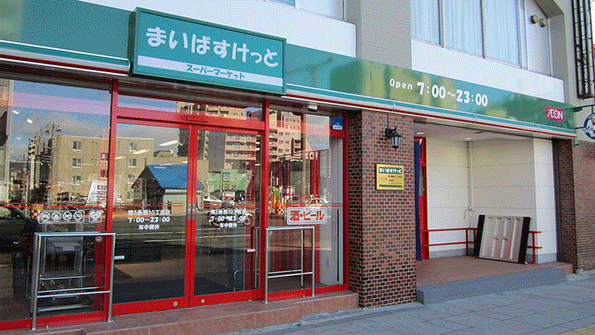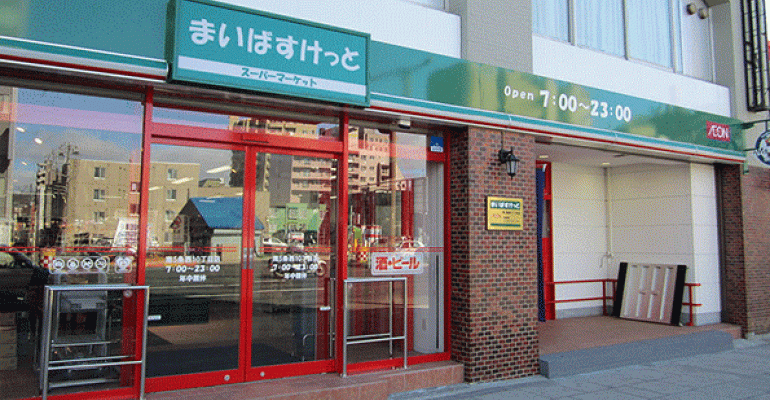Channel blurring has been a feature of grocery retailing for many years, but has become even more prominent in recent times. Shoppers have increased the number of channels they’ve been using, and retailers have been developing new formats that cross traditional channel boundaries in response to this.
One of the most widespread examples has been the development of hybrid formats which bridge the divide between discount and convenience, a global phenomenon in grocery retailing that we’ve dubbed “discountvenience.”

This has been driven by both convenience and discount stores adapting their offers. Convenience stores have become more focused on delivering a stronger “value” offer, seeking to break down perceptions that they are more expensive than larger store formats. Meanwhile, discount store operators have been maximizing their small format stores and convenient locations to tap into shopper demand for quicker-to-shop solutions, seeking to meet a broader range of shopper needs, including food-for-now and food-for-later.
In Japan, Aeon’s My Basket urban convenience format has adopted many of the elements that underpin the success of discount retailing. The goal was to build a compelling value-oriented offer that meets the differing needs of residents, commuters and workers in city locations. These elements include a low-pricing strategy to build appeal with price sensitive Japanese shoppers, with many items priced below 100 yen (about $1). Its TopValu private label range also features heavily throughout the store, while wheeled units and sliding shelves enable quick and easy replenishment, supporting the in-store efficiencies which discounters are so famed for.
The shift from discount to convenience is brought to life by one of Aldi’s latest stores in London. The 8,000-square-foot store offers the full 1,600-strong product range typically associated with the hard-discount operator, plus around 200 convenience-oriented products. These include a new “Lunch for Less” section, with a range of sandwiches that brings the retailer into direct competition with convenience and food-to-go operators, and an in-store bakery offering a choice of competitively priced items baked in-store throughout the day.
This is an area where I expect to see even more innovation in the future. Discounters will focus on strengthening impulse and food-to-go ranges, while convenience retailers will look to simplify their offers and reduce operational complexities in order to support a stronger value oriented approach. And hitting the sweet spot could result in something very unique; just take a look at Trader Joe’s, a retailer that effectively meets shoppers’ convenience and value needs.
In the U.S. we have already seen a number of retailers emerge with hybrid formats, particularly those combining elements of traditional supermarkets and farmers’ markets, while drugstore operators have also been broadening their offers to include wider fresh food ranges. As the battle for traffic and shopper loyalty intensifies, we can expect to see retailers develop more creative formats to gain a greater share of their customers’ grocery spending.
How are you seeing traditional retailers adapt to the “discountvenience” trend? What new elements are they incorporating into their stores?


